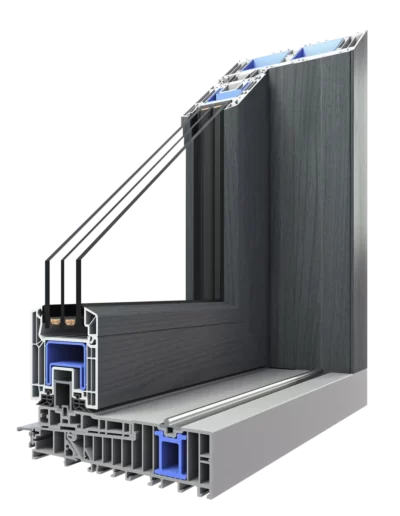Glass
Insulated Glass – Greater Comfort – Energy Servis
Back in the 1950s and 1960s, when powerful heating and air conditioning systems became widely available, energy costs were low. Energy efficient improvements in American homes were rare. However in today’s economy, energy prices are higher and keeping yourself comfortable in your home year round may well be a challenge.
Fortunately, positive trends that help make our houses and economy more efficient are happening right now. These are:
- Government’s energy policy is directed towards green building, investing in clean sustainable energy,
making American homes more energy efficient, creating jobs in the clean energy sectors, and preserving our environment. - American homeowners also want to conserve energy and preserve the future of the environment.
- Remarkable advancements in the window glazing technologies will only help propel these trends.
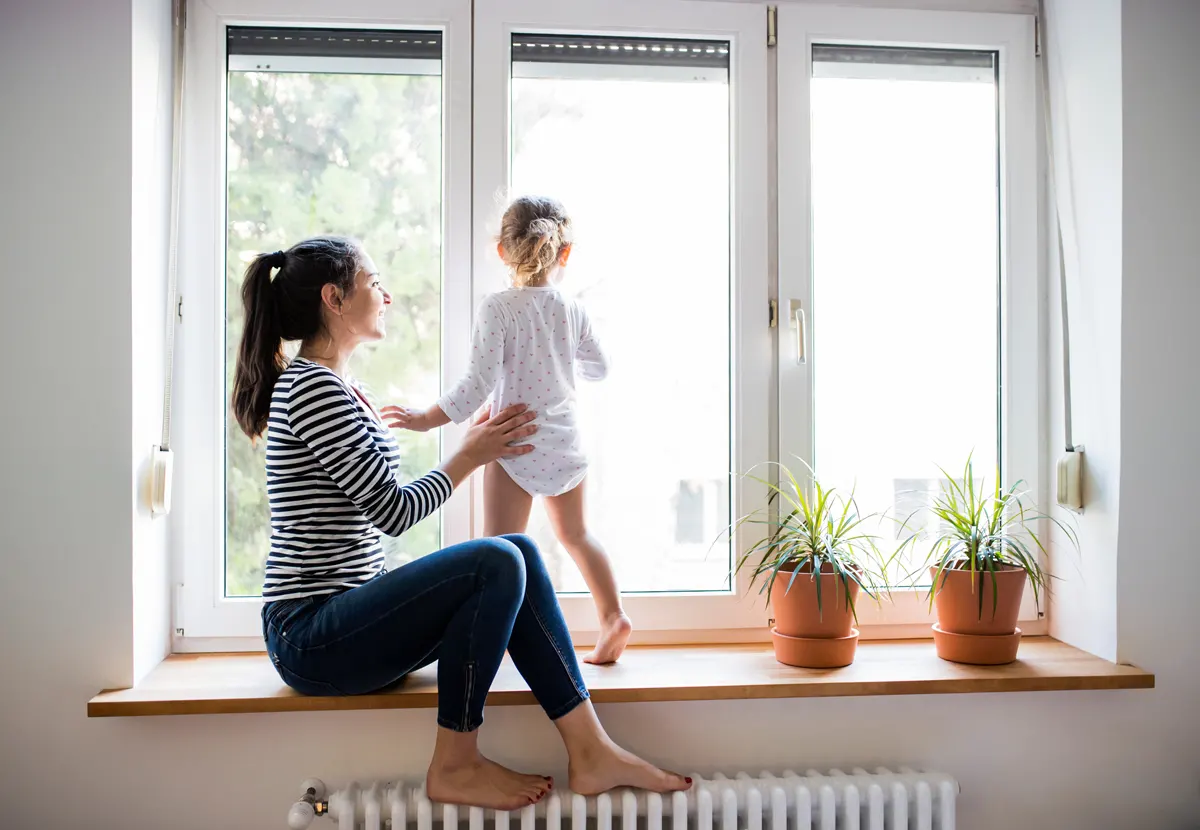
Energy-Efficient Multiple-Pane Glass Windows are SMART INVESTMENT
When you replace your old windows it may be one of the best investments in your home. Not only will efficient windows save you money in the long-run, but they will also improve your comfort year-round by keeping you cool in the summer and warm in the winter. With today’s state-of-the-art manufacturing technologies, energy efficiency and maintenance freedom, vinyl windows have become number one choice for replacement and new construction windows. But the excellent thermal properties of the vinyl window frame is only part of the bigger picture. Since 80% of the window is glass, your substantial heating and cooling savings come from improved glass performance. The performance of the insulated glass unit is critical in all seasons. Your windows need to perform well in the winter months as well as in the summer months. Glass performance in a window is like engine performance in a car. When you’re about to make this type of investment, doesn’t it make sense to choose the quality product that will help you realize quicker return on investment and provide years of trouble-free operation?
Types of Glazing Materials
Glass
The earliest glass was produced from sand and formed into sheets with glassblowing techniques. It tended to have bubbles and an uneven surface. Today, the clearest glass is produced using floating technique, in which the glass is floated over a bed of molten tin. This provides extremely flat surfaces of uniform thickness and few if any visual distortions. Unfortunately, the quality of glass varies from glass manufacturer to manufacturer. Buy windows that have high quality glass material.
Plastics
Some plastic materials have been adopted for glazing with primary use in windows with special requirements and skylights.
Laminated Glass
Laminated glass is a sandwich of two outer layers of glass with a plastic inner layer that holds the glass piece together in the event of breakage. This type of glass material is widely used in the hurricane impact-rated windows. Since laminated glass is more difficult to break, some homeowners buy windows with laminated glass for added measure of security in the event of burglary.
Tempered Safety Glass
Tempered glass is produced by reheating and then quickly cooling the glass. Tempered glass is about four times stronger than regular glass. And when broken, it breaks into small pieces, rather than into long, possibly dangerous shards. All sliding patio doors have tempered glass for safety.
Obscure Glass
This type of glass, also called frosted, still transmits most of the visible light but breaks up the view in order to provide privacy, for example in bathroom windows.
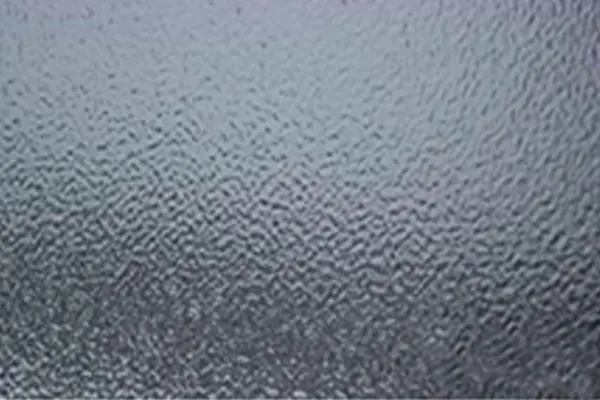
Obscure
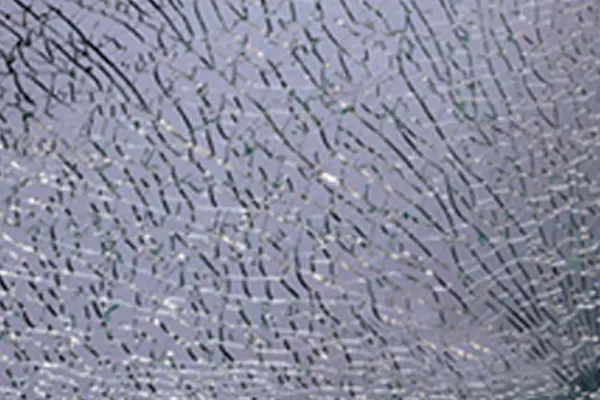
Tempered
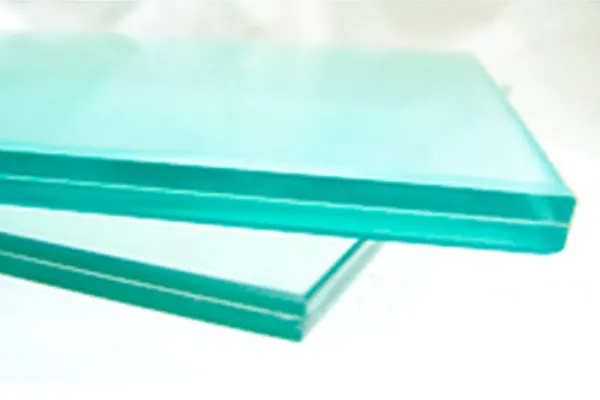
Laminated
Types of Glazing Materials
- Glass is extremely durable and essentially maintenance-free. The surface and transparency of plastics
can degrade with time and exposure to moisture and sunlight. - Glass has lower thermal expansion than plastic and can readily tolerate higher or lower temperatures.
- Glass is impermeable to gases and moisture and can be used with hermetically sealed,
gas-filled insulating units. Plastics are not fabricated in sealed units. - Plastics are less brittle than glass and do not shatter when broken. But tempered glass reduces injury potential when glass breaks.
Glass can be laminated with plastics to produce a wide range of burglar resistant glazings.
LowE – Low-Emissivity Glass
LowE is a thin layer of almost invisible to the human eye low-emissive material applied to window glass. High quality LowE blocks significant amount of heat flowing through the window making it more energy efficient. It deflects most of harmful UV rays from the Sun that cause fading. It also deflects most of the infrared radiation from the Sun, which makes home interiors hot in the summer.
Soft Coat vs Hard Coat LowE
There are two types of LowE coatings: sputtered called soft coating and pyrolityc called hard coating. Soft coat is multilayered with at least one layer of metal, usually silver. Soft coat is deposited on flat sheets of glass. Hard coat is a metallic oxide which is applied to the glass surface while it is still hot. When it cools down, hard coat is quite durable and hard. Because hard coat in itself is very durable, it is usually used in single-pane glass windows such as storm windows. Soft coat, although not very durable in itself, when placed on the interior surface of double insulated glass is protected, and will last as long as insulated glass. Additionally, soft coat has a significantly better insulating value.
Gas Fills
To improve thermal performance of insulated glass, the space between two or three panes of glass is filled with a low conductive, slow moving gas. This technology reduces the heat transfer between inside and outside. Window manufacturing companies use Argon or Krypton gas.
Argon
Argon gas is a colorless, odorless, nonflammable, nontoxic, inert gas that is sealed between the two panes of glass. Heavier than air, and completely safe to humans and animals, the argon gas provides an additional layer of insulation, increasing energy-efficiency and also acting as a sound barrier to help dampen the outside noise.
Krypton
Krypton is nontoxic, nonreactive, clear, and odorless and has even better thermal performance than argon, but is more expensive to produce. Krypton is particularly useful when the space between two panes of glass must be narrower than normally. The optimum gap width for krypton is 3/8″. This makes Krypton a perfect choice for triple-pane windows.
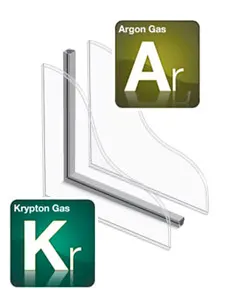
Glazing Technologies
There are several glazing technologies including single and multiple glazings, different gas fills and tints. For the sake of simplicity we listed the most common glazings in an ascending order of energy efficiency:
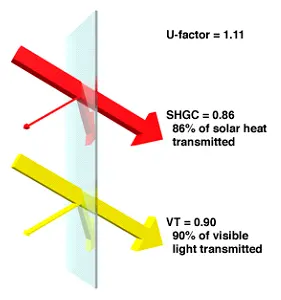
Single-Pane Clear Glass
With extremely low infiltration rate, OKNA basement hopper windows are some of the most air-tight windows in the market today.
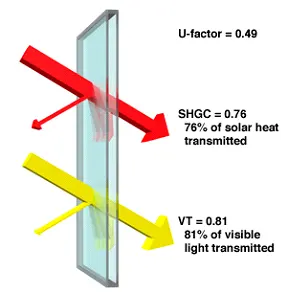
Double-Pane Clear Glass
Double-pane clear glass cuts U-Value of a single pane in half and increases R-Value two-fold.

Double glass with LowE Argon
Double-pane glass with LowE Argon gas has low U-Values between 0.25 and 030 and R-Value of 4. This is a quadruple increase in energy efficiency over a single-pane window.
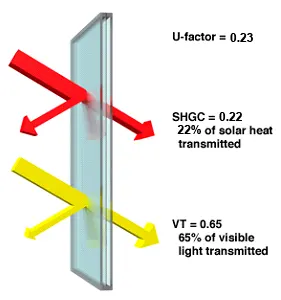
Triple-Pane Glass with LowE Argon
Triple-pane glass with LowE and Argon gas is a high-performance glass with U-Values between 0.19 and 0.23 and R-Value around 5. This is a 20-30% improvement in energy efficiency over double-pane glass with LowE Argon, and a whopping 500% over single pane clear glass.
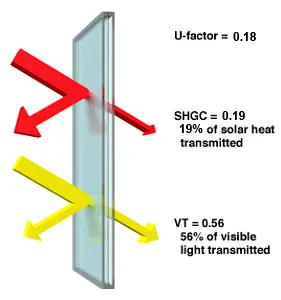
Triple-Pane Glass with LowE Argon
Triple-pane glass with LowE and Krypton gas is among the best high-performance glazing systems available on the market today. It has U-Values between 0.15 and 0.18 and R-Value of around 7. This is a 40-50% improvement in energy efficiency over double-pane glass with LowE and Argon, and a whopping 700% over a single-pane clear glass.
How To Read Numbers On the Labels
When you shop for new windows look for Energy Star label. This label means that the window meets certain energy performance criteria. Also, look for NFRC – National Fenestration Rating Council label. The NFRC label provides the only reliable way to determine the window energy properties, and to compare different windows from different companies. NFRC rates windows for U-Factor, Solar Heat Gain Coefficient, and Visible Light Transmittance.
U-Factor
U-Factor, often called U-Value, is the number that represents the loss of heat. The lower the number the less heat will escape through the window and the more energy efficient the window is. There are 2 ways to measure U-Factor: the center of the glass (COG), and whole window. NFRC requires that U-Factor of entire window is displayed on the label. Some glass manufacturers rely only on the center of the glass in their marketing efforts. This approach always yields superior performance ratings, because the warmest part of a window is center of the glass and the coldest parts are edges of the window glass. So be careful when comparing different windows. Make sure you compare apples to apples. Always use NFRC label to determine U-Factor of entire window, not just U-Factor of the center of the glass.
SHGC
SHGC – Solar Heat Gain Coefficient is the number that represents the fraction of solar radiation that passes through the window. UV rays from the Sun are responsible for shading carpets, fabrics, floors, and furniture. Infrared radiation is responsible for rooms getting hotter in the summer. The lower the SHGC the less UV energy is transmitted through the window. So look for the window with the lowest number.
Condensation Resistance
This number measures how well a window resists the formation of condensation on the interior surface. Condensation resistance is expressed as a number between 1 and 100. The higher the number the greater window’s condensation resistance.
VT
VT – Visible Transmittance is the amount of light that enters your home. LowE coatings have only slight effect on Visible Transmittance.
R-Value
The number that is not displayed on the NFRC label is R-Value. R-Value is similar to U-Value in the respect that they both measure window’s insulating performance. The only difference is that U-Value measures window’s heat transfer and R-Value measures heat resistance. Remember, the lower the U-Value the more energy efficient the window is. The higher the R-Value the more energy efficient the window is. Typically energy efficient vinyl windows have U-Values between 0.15 and .30, and R-Values between 1 and 10.
How LowE Works
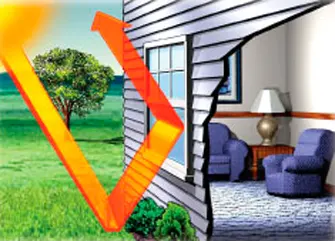
Summer
LowE glass filters long-wave radiation from the Sun. This reduces solar heat gain from the Sun in the summer helping to keep your home cooler. During the summer where windows are exposed to direct radiation, LowE-coated glass blocks unwanted ultraviolet radiation and reflects away the long-wave infrared radiation that can add heat to the inside of your home.
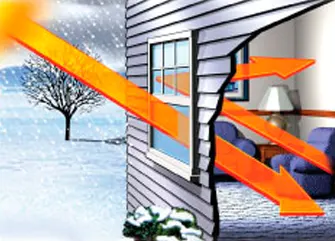
Winter
LowE glass takes on a new responsibility in winter months. It lets warm solar rays into your home while blocking the heat inside of your home from getting out. In cold weather, you spend your energy dollars generating long-wave radiation, as in heat from a furnace. This heat moves toward your cooler objects such as windows. But LowE glass acts like a mirror, reflecting it back inside to help keep your home more comfortable.
We Offer a Variety of Energy Efficient Glass Options
At SEVEN SUN, we avoid “one size fits all” approach. We always strive to find an optimal solution and not just satisfying one. Therefore, we offer a variety of energy efficient glass packages for your home and budget.
OKNA
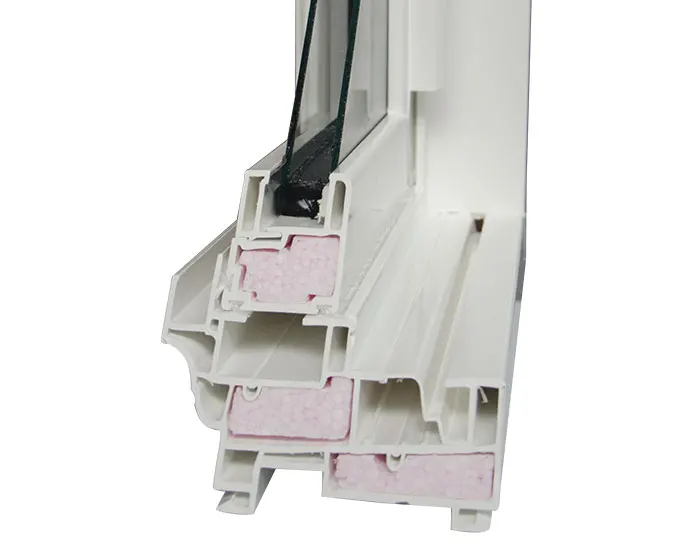
DELUXE Energy Saving Package:
Double-pane glass with LowE, argon gas, Heat-Seal non-metal spacer, along with insulation enhanced mainframe and sash.

XR-9 SUPER DELUXE Energy Saving Package:
Triple-pane glass with LowE, argon gas, Heat-Seal non-metal spacer, along with insulation enhanced mainframe and sash, as well as magnetic seal.

